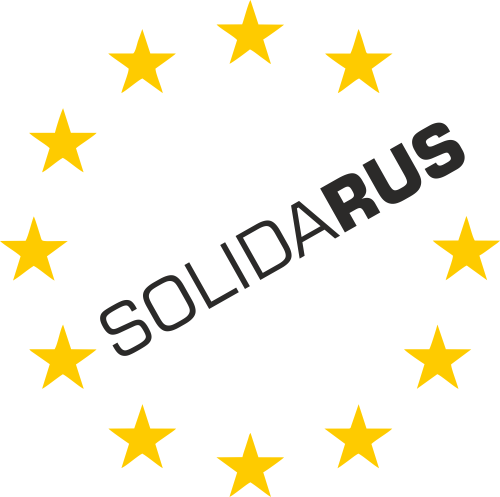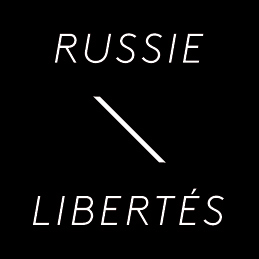When examined on its merits it makes no economic sense for European consumers.
One of the most widespread myths that Gazprom and its partners are spreading in the Netherlands is that because of the closure of the Groningen gas field by 2030, NS2 is a must for the country and the EU. “Europe closes down its own productions and needs new Russian gas”. This is not true and misleading, as NS2 does not bring new gas, simply diverts old volumes from Ukraine to Europe via a new route. Also, Nord Stream 1 and 2 flows cannot reach Western Europe easily via existing infrastructure but instead are deliberately targeted to Baumgarten gas hub in Austria. In other words, gas flows from NS2 go in the wrong direction to address declining domestic natural gas production in Western Europe, even if Nord Stream 2 provided additional supplies of gas to the EU market, which it does not.
DIW Berlin Institute made a comprehensive study of European gas demand and its outlook and concluded that “The natural gas supply is currently already very diversified and can be supplemented by additional liquefied natural gas supplies. Due to the foreseeable decline in European natural gas production [Groningen’s closure was included in calculations], a large, expensive pipeline from Russia with a planned annual capacity of 55 billion cubic meters is not necessary.”
In fact, recent gas market developments suggest that the Netherlands face a problem with peak time capacity which NS2 is unlikely to solve even under best case scenario, unless the country invests into much bigger capacity.
Here is how Mikhail Korchemkin from East European Gas Analysis explains it. Historically, Groningen gas field was providing a seasonal swing of monthly output from winter to summer. Additional seasonal demand in Continental Europe was also met by Norwegian gas production in the North Sea. The scheduled sharp drop in Groningen coincided with the permanent closure of the giant Rough storage in the United Kingdom. In Britain the loss of storage facility was compensated by the higher off-takes of peak Norwegian gas leaving less gas available for the Netherlands and Continental Europe.
Russia’s Nord Stream 1 and 2 are incapable of solving this problem facing the Netherlands, as they are designed to ship equal daily volumes through the year regardless of the seasonal change of demand. These pipeline projects create additional demand for peak gas in Germany that used to be covered by Dutch gas from Groningen. The situation is further complicated by the announced closure of Gazprom pipelines at the Russian-Ukrainian border right after NS2 launch. This is the only route that allows flexible supplies of Russian gas due flexibility of the Ukrainian system. Nord Stream 2 with the EUGAL pipeline don’t have such flexibility and are unable to respond to the seasonal and short-term change of demand (e.g. low wind condition).
According to the study of Directorate-General for Energy (Study on a Gas Market Design for Europe), NS2 combined with elimination of Ukrainian transit “creates a serious congestion and related price divergence between NW and CSEE Europe”. “Once it is built, the impact of Nord Stream 2 on EU consumers’ welfare depends on the unilateral decision of Russia how to use (or not to use) the Ukrainian transit pipeline system”, the report says. The “optimization plan” indicates Gazprom plans to choose the option of damaging the welfare of European consumers.
The only theoretical solution to this problem in case the Netherlands/Northwestern Europe chooses to rely on NS2 supply is to heavily invest in new storage capacity to regain flexibility of supply during peak times and emergency demand. However, that would require not only initial large capital but also extra storage costs on a constant basis which means increased consumer costs. It does not seem there is much public awareness and discussion of this highly important economic threat stemming from reliance on NS2. No one did a proper study on the economic impact for consumers in the Netherlands, Germany and other Northwestern Europe which is likely to be negative at worst or mixed at best. With the oversupply of Russian gas to Germany, there would be less gas-to-gas competition in the Europe’s largest gas market. However, DIW Berlin suggests Germans will have to pay for additional pipelines to use NS2. These costs include the expansion of the NEL’s capacities and the construction of the EUGAL. The cost of these additional pipelines is estimated between 0.5 billion to 3 billion euros.





